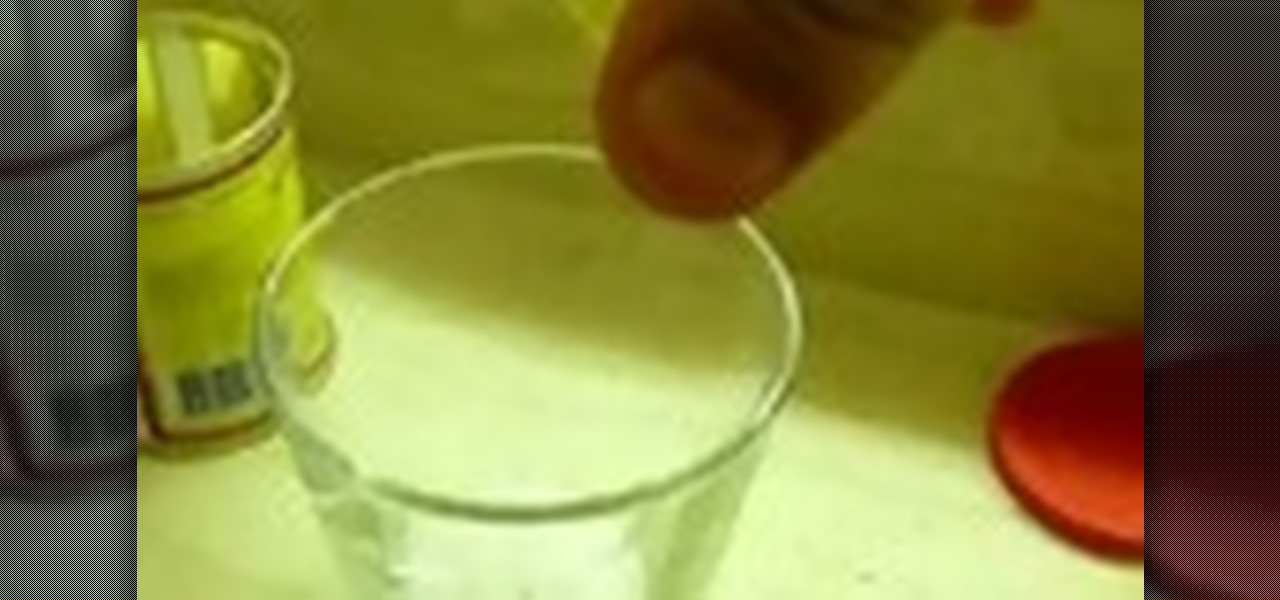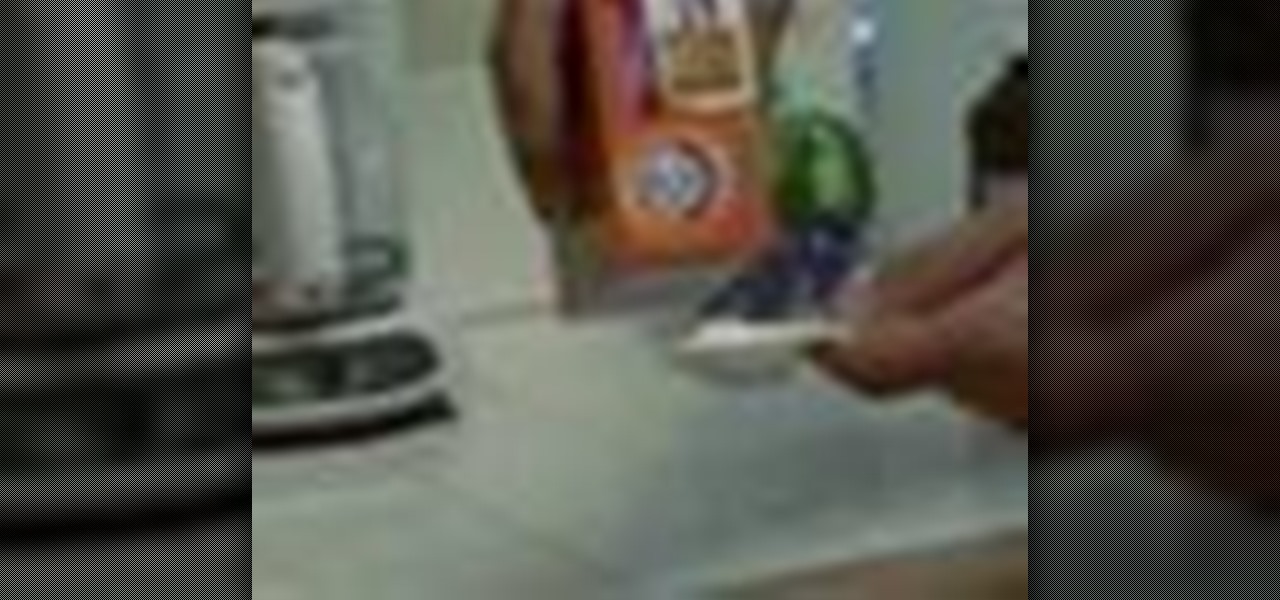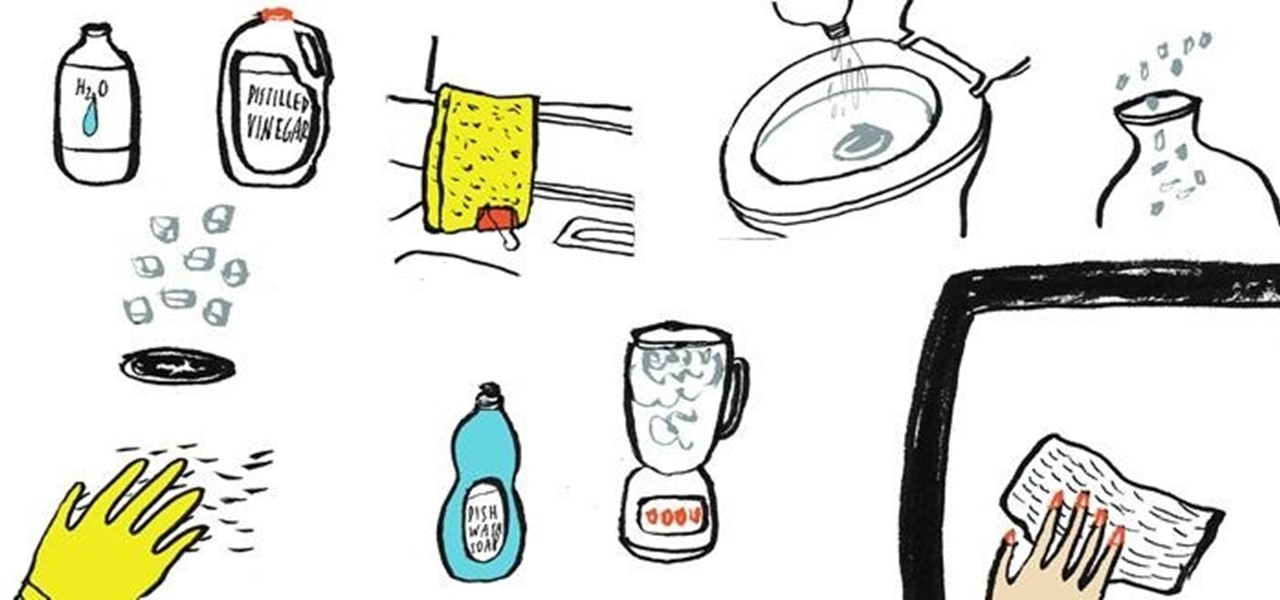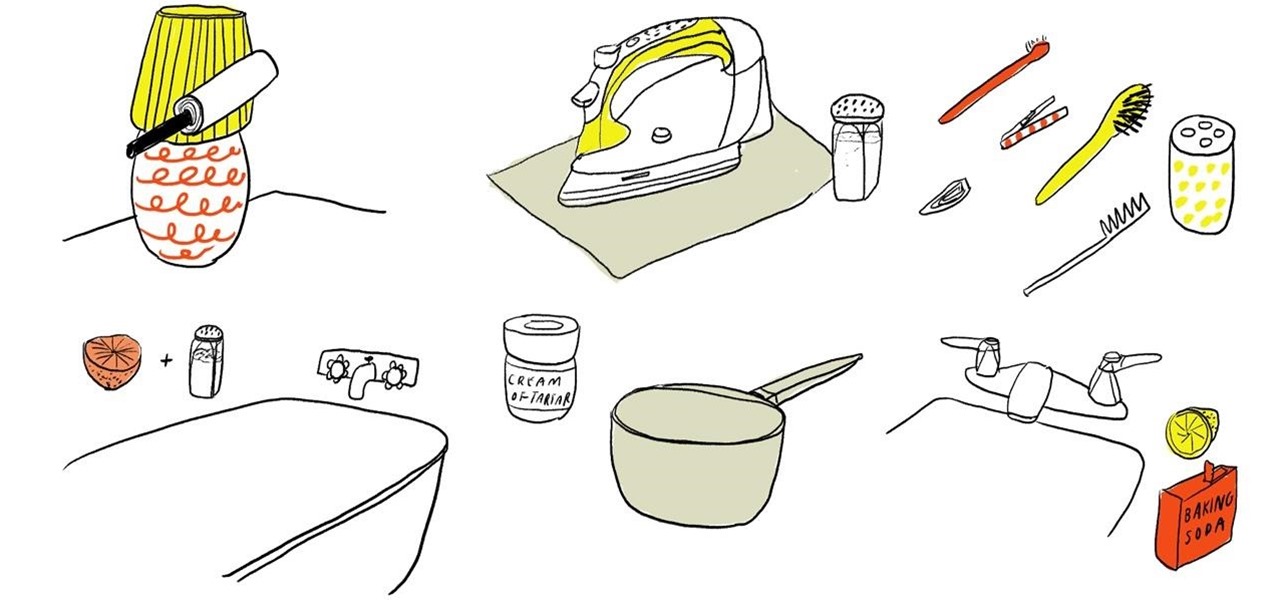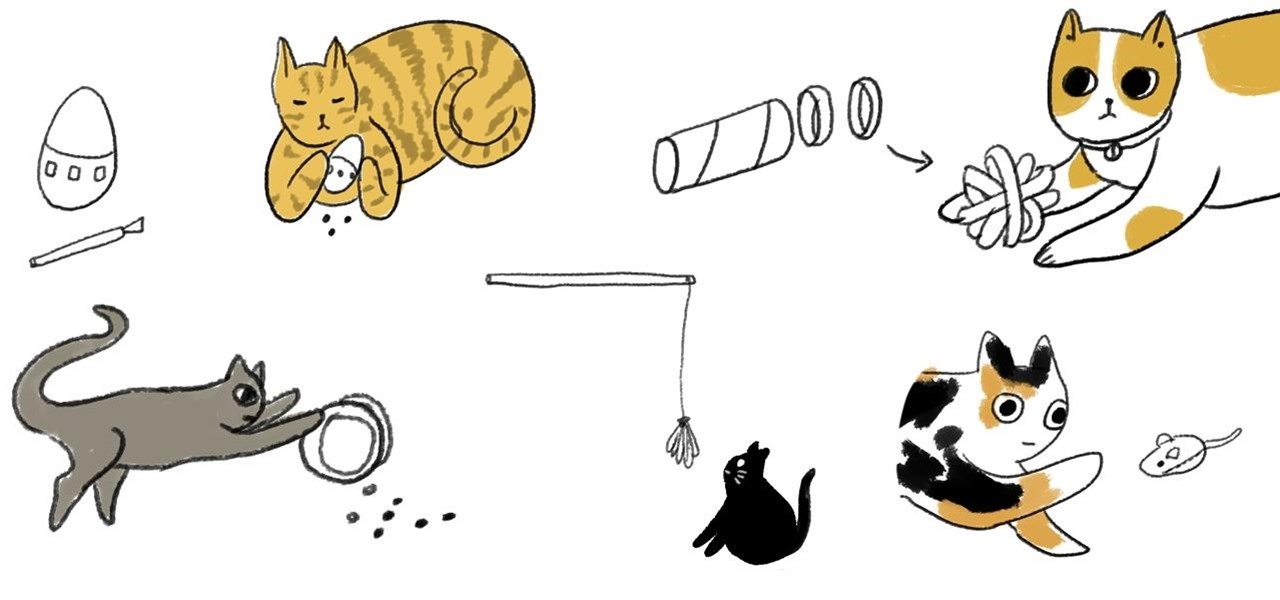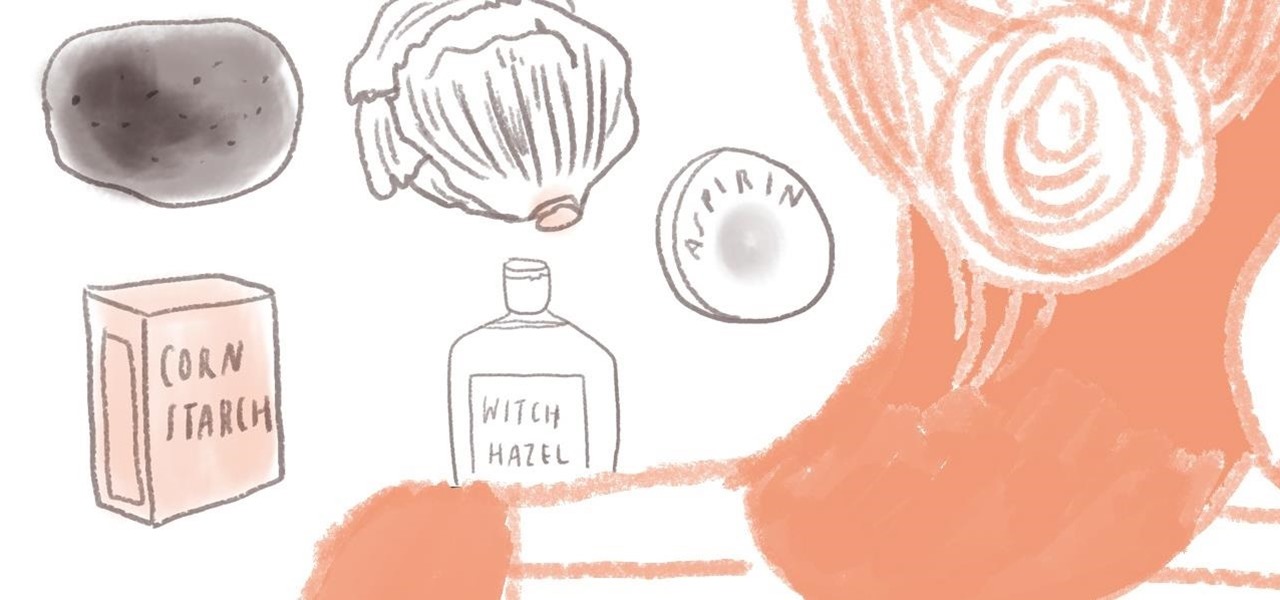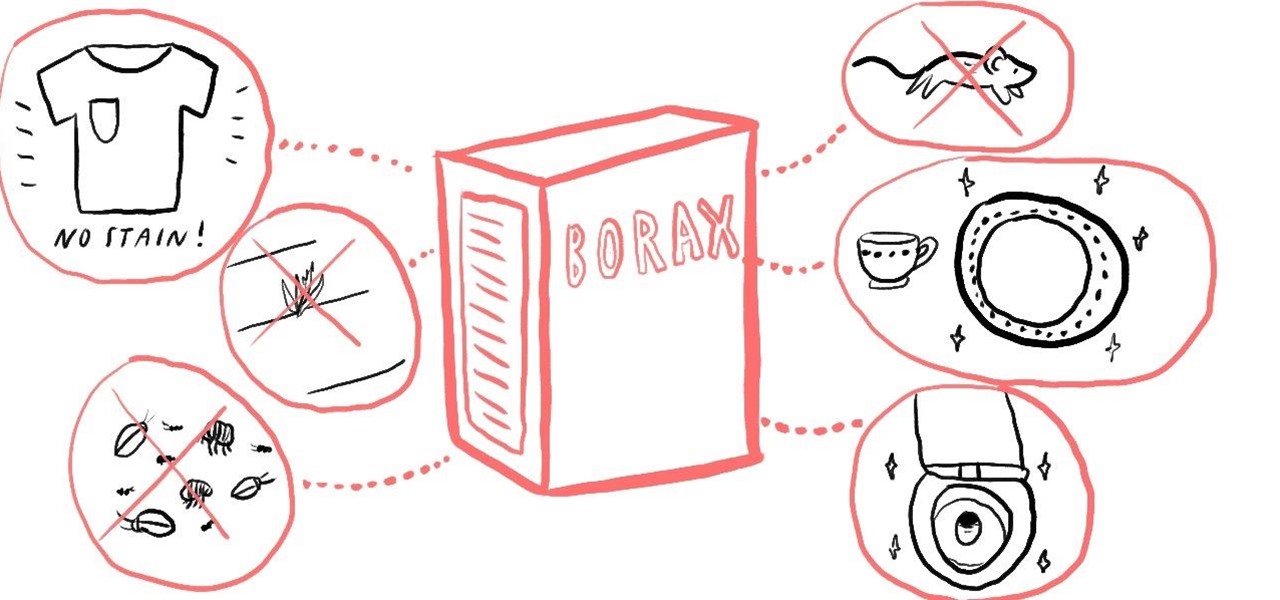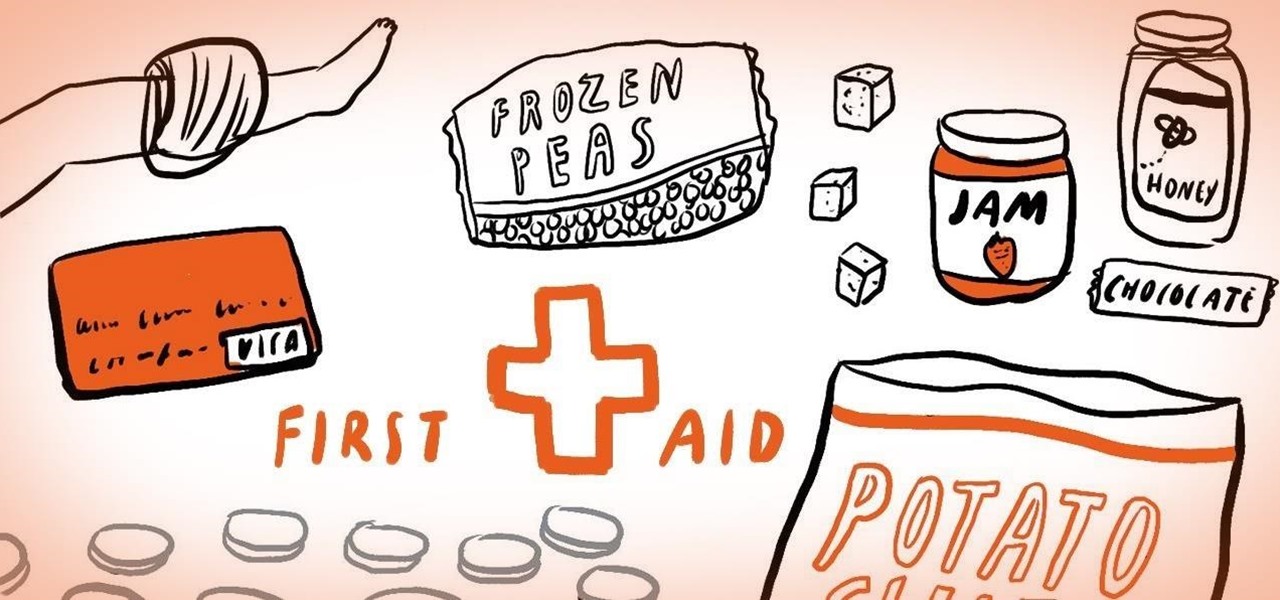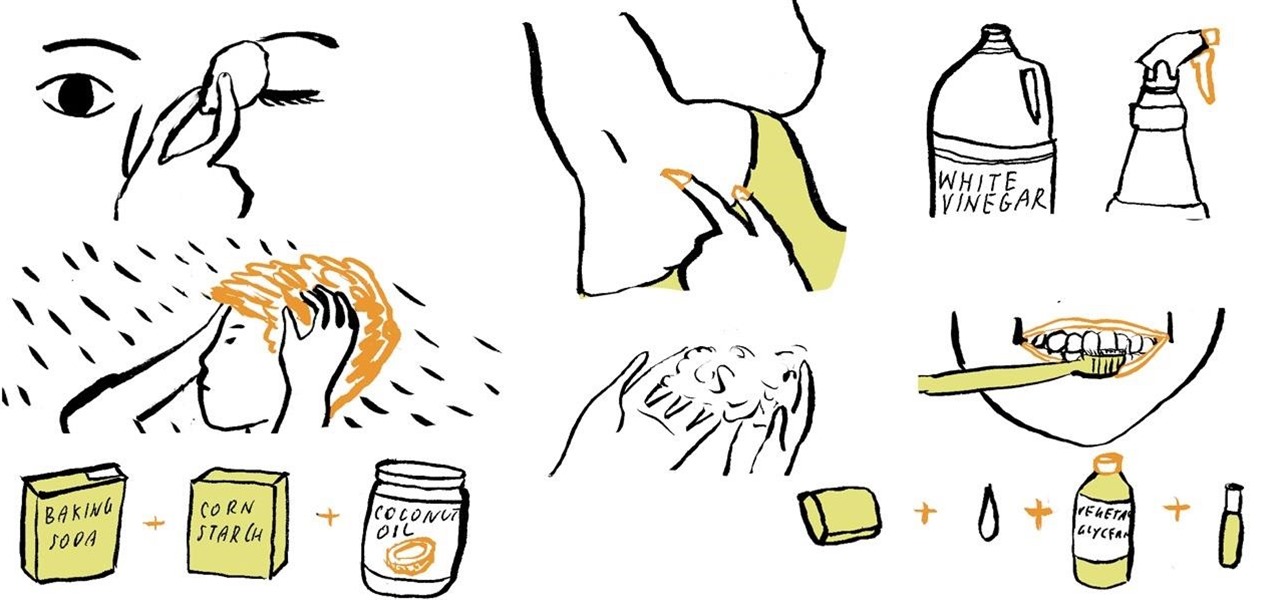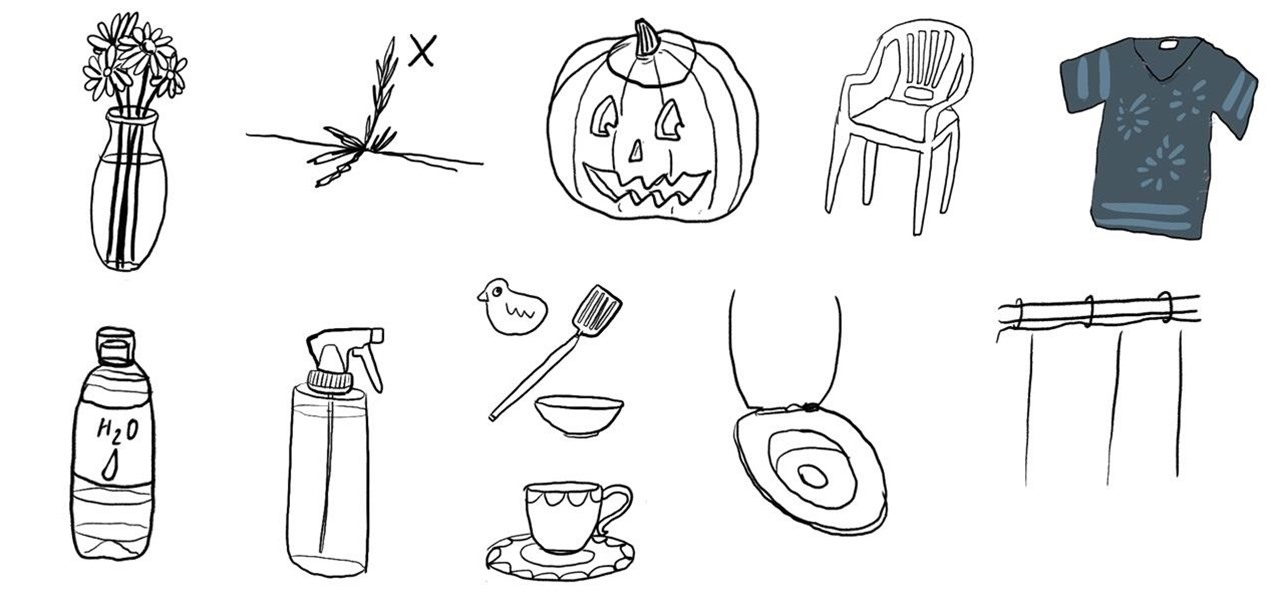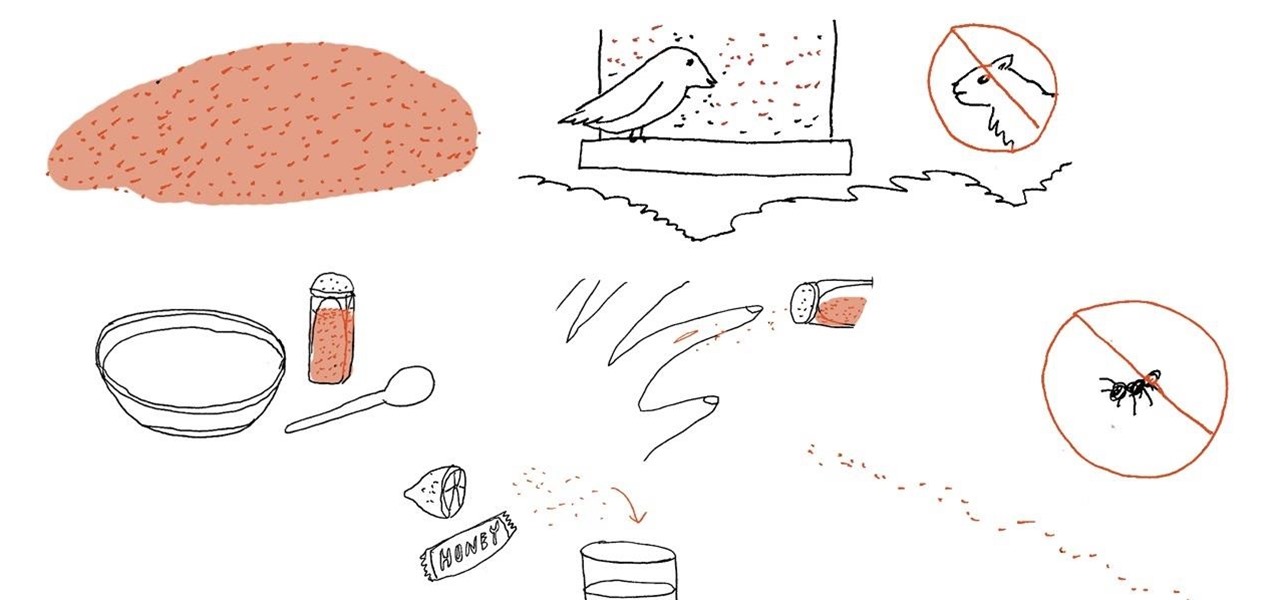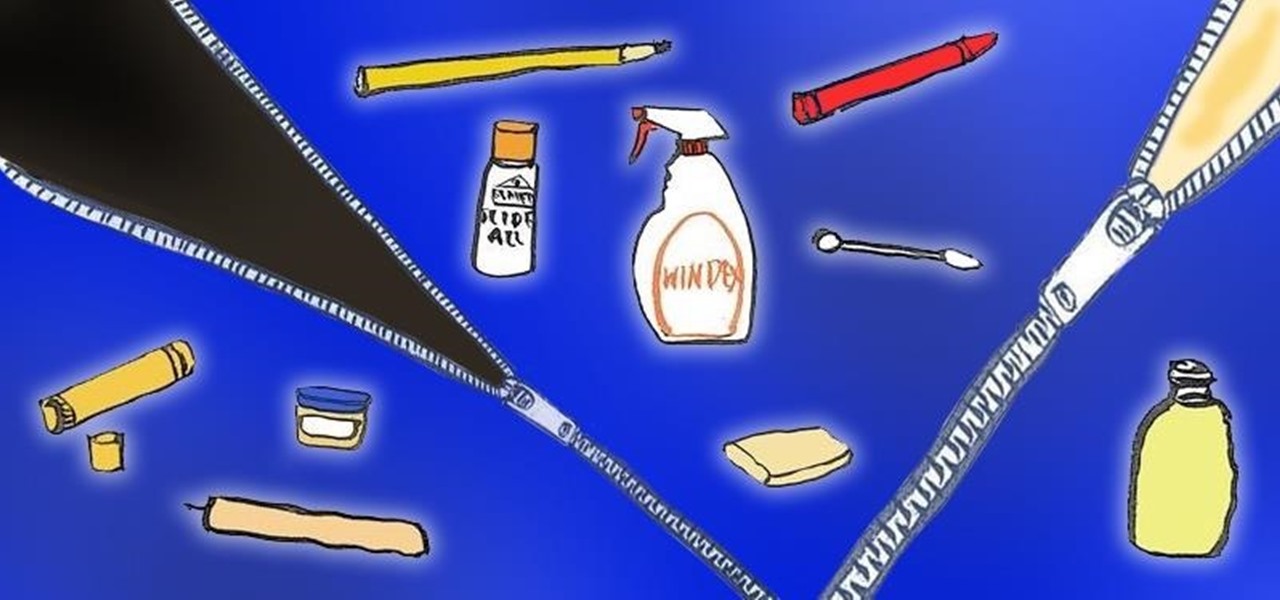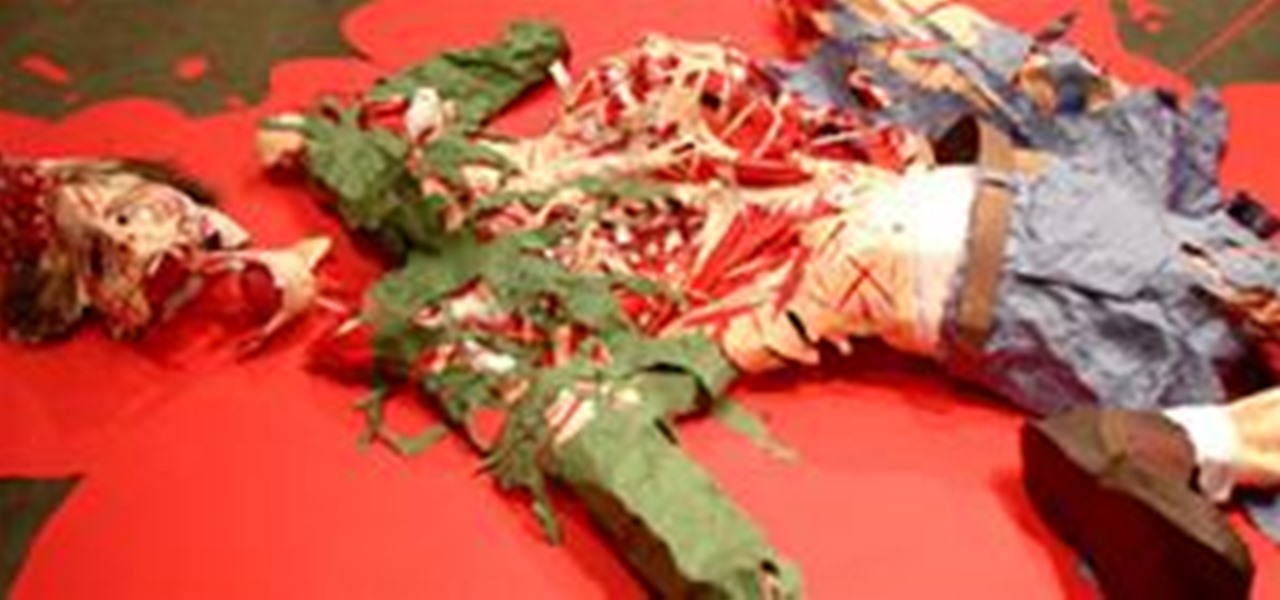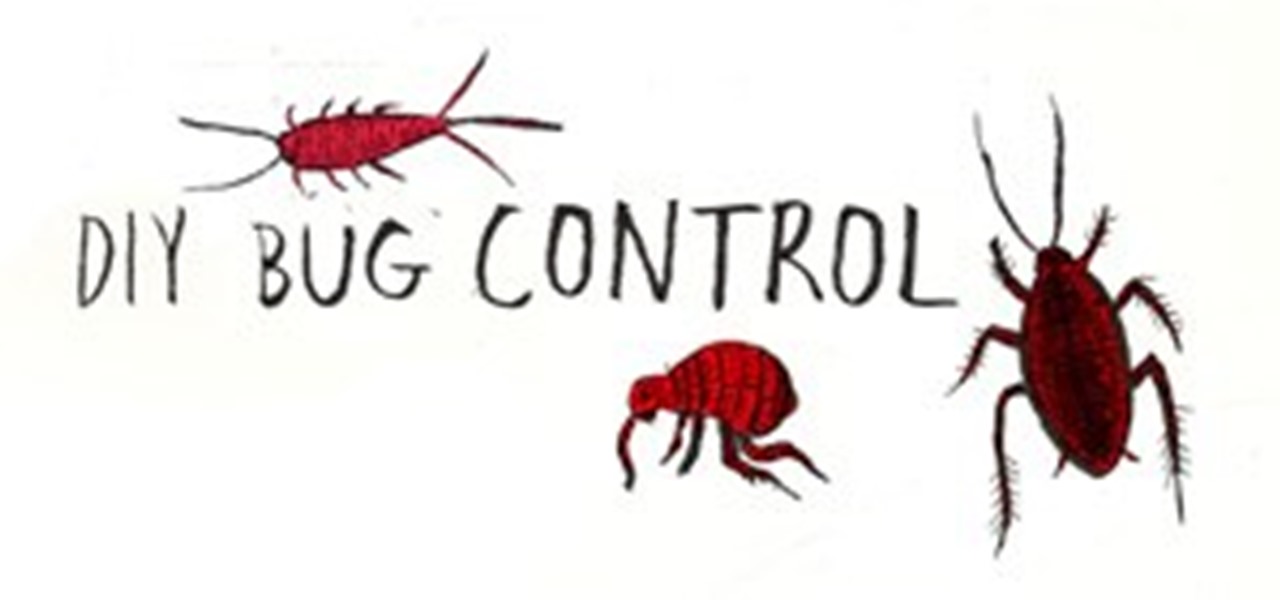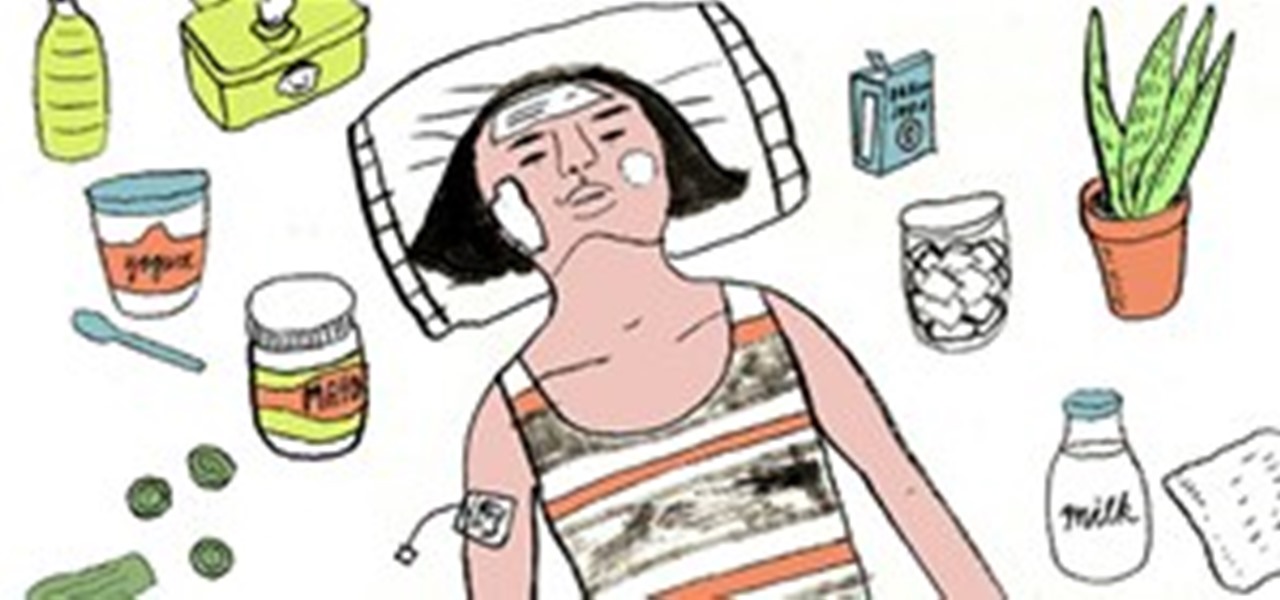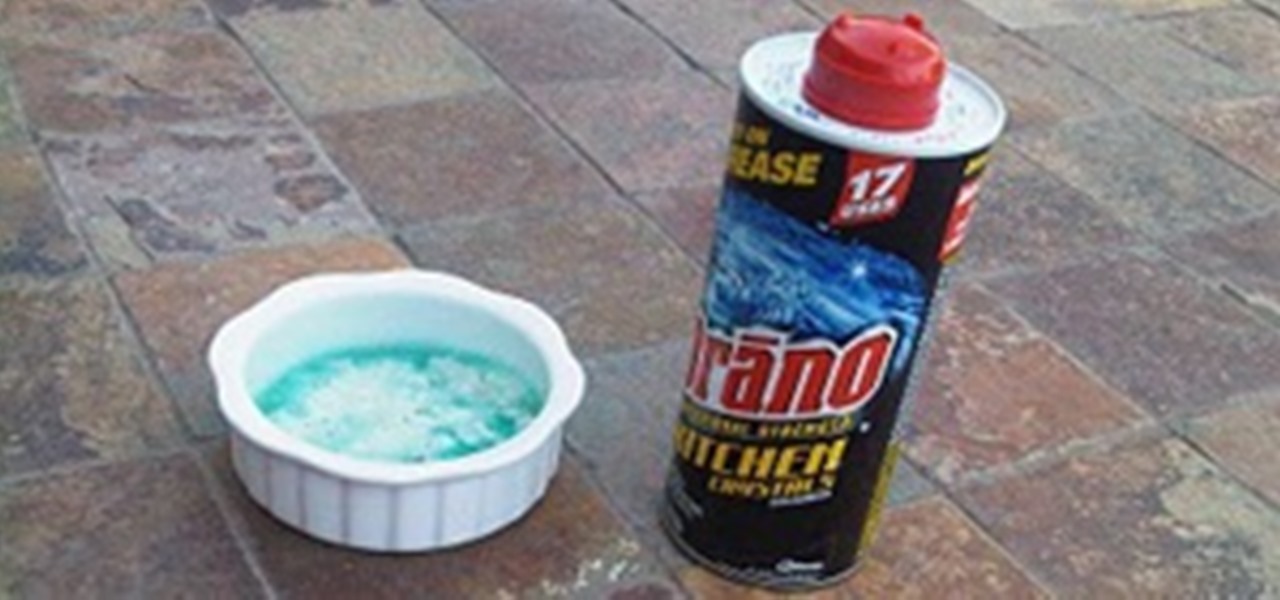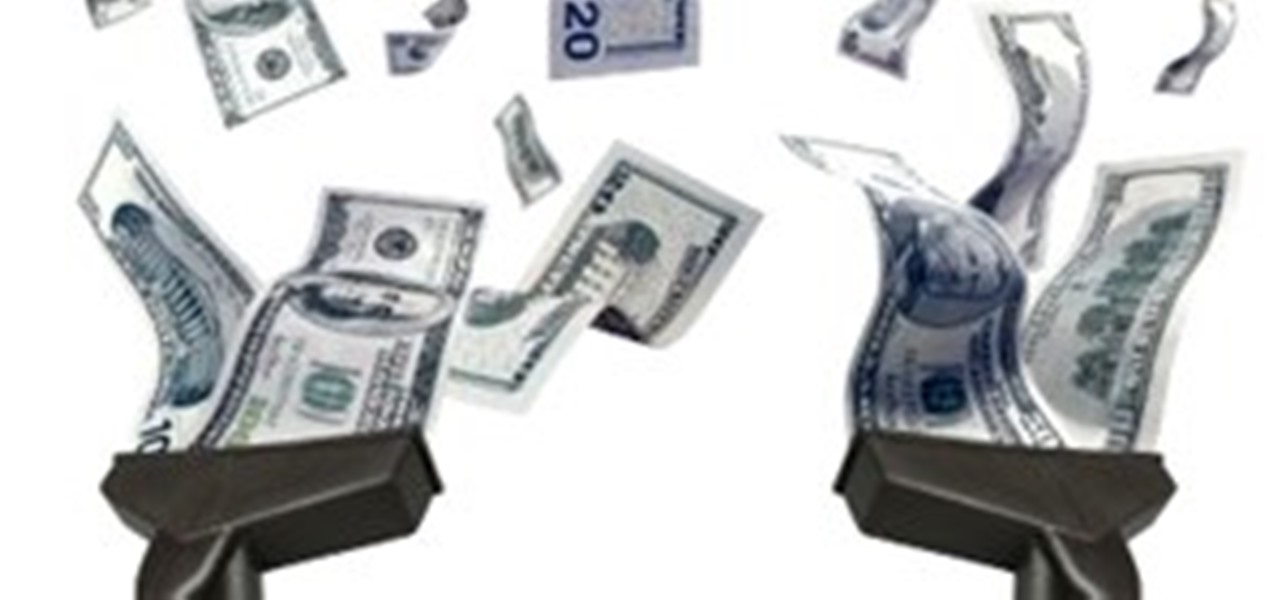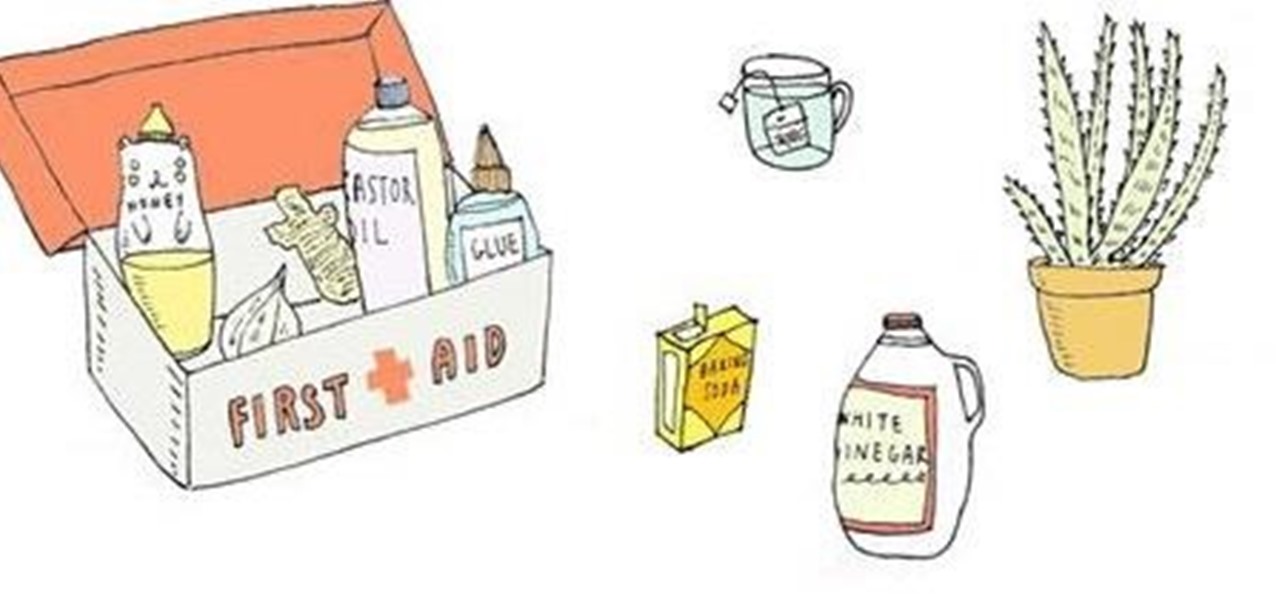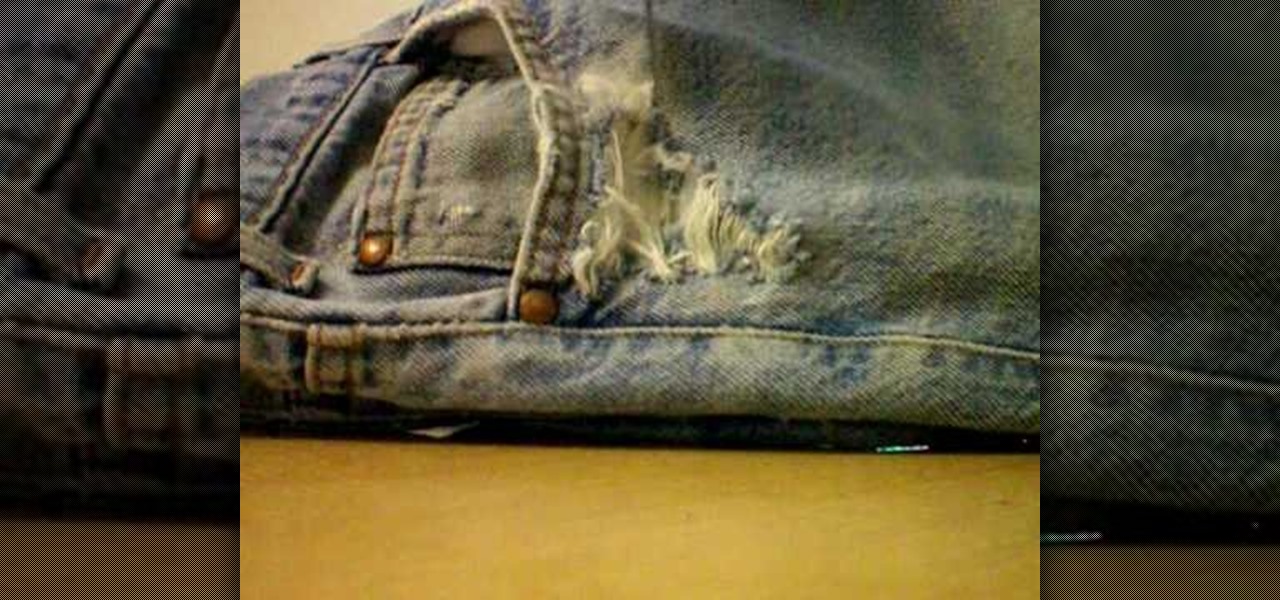
Everyone wants trendy custom looking destroyed jeans and this video teaches us the best, and most practical way to destroy them yourself at home, avoiding the often huge markups stores can apply to these sorts of items. Taking the jeans that you intend to alter, you take a simple razor to the area you wish to rip, and lightly, in a sort of tapping motion, slash at it until you expose a whitish color in the material. Go all the way through if you wish to expose skin, but be careful where you d...
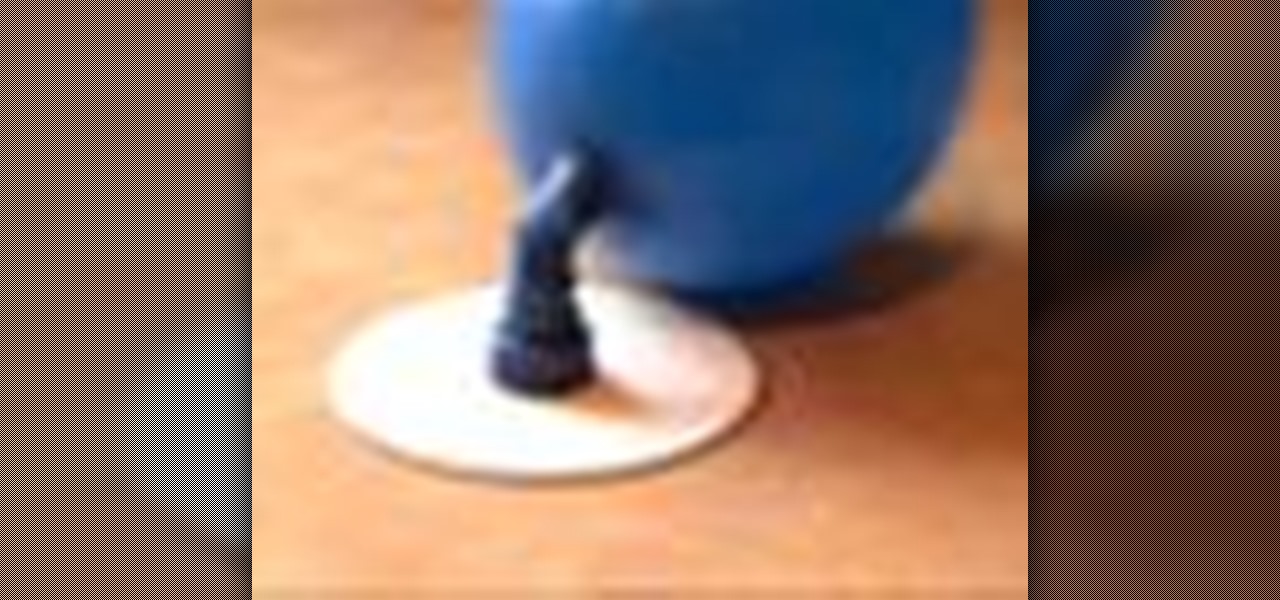
Learn how to build a mini hovercraft. With a few items found in almost any desk or tool drawer, you can make your very own mini hovercraft capable of gliding over any flat surface.

How would you like to make your own lip balm/chapstick? It's easy to do with a few simple products. One way to do it includes beeswax, coconut oil, olive oil, raw honey, peppermint oil (for scent), and mineral powders (for colors). The tubes to put the lip balm in are available online if you want to use those instead of another container.
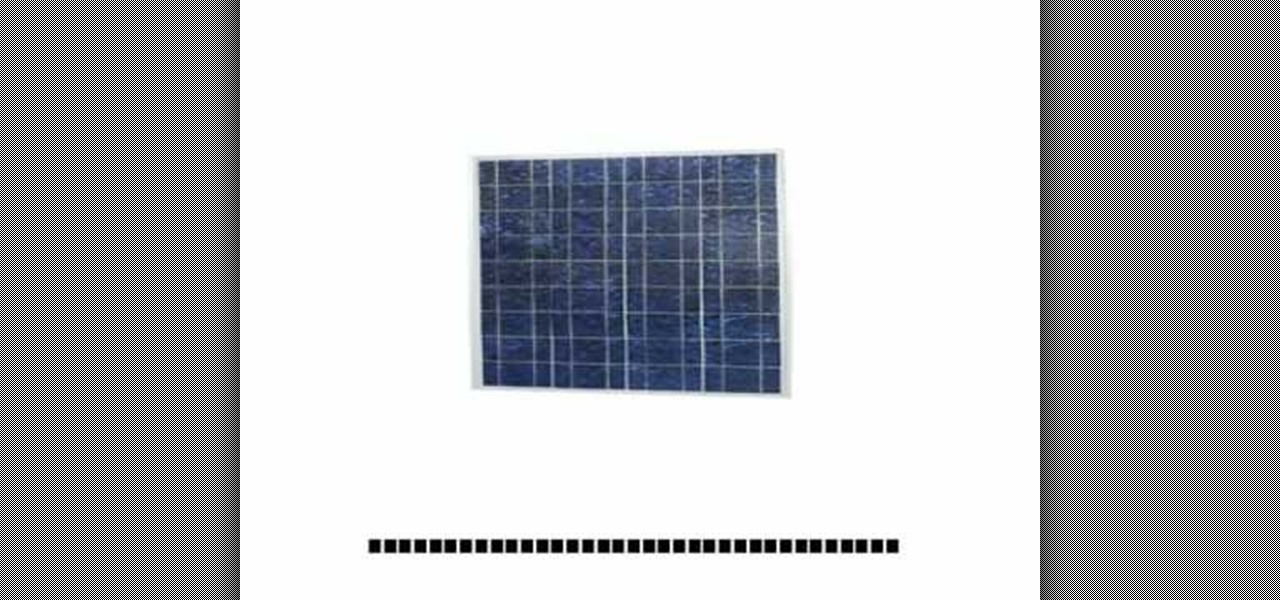
This three part video series teaches you how to identify objects around the house in French. Part 1 of 3 - How to Identify household objects in French.
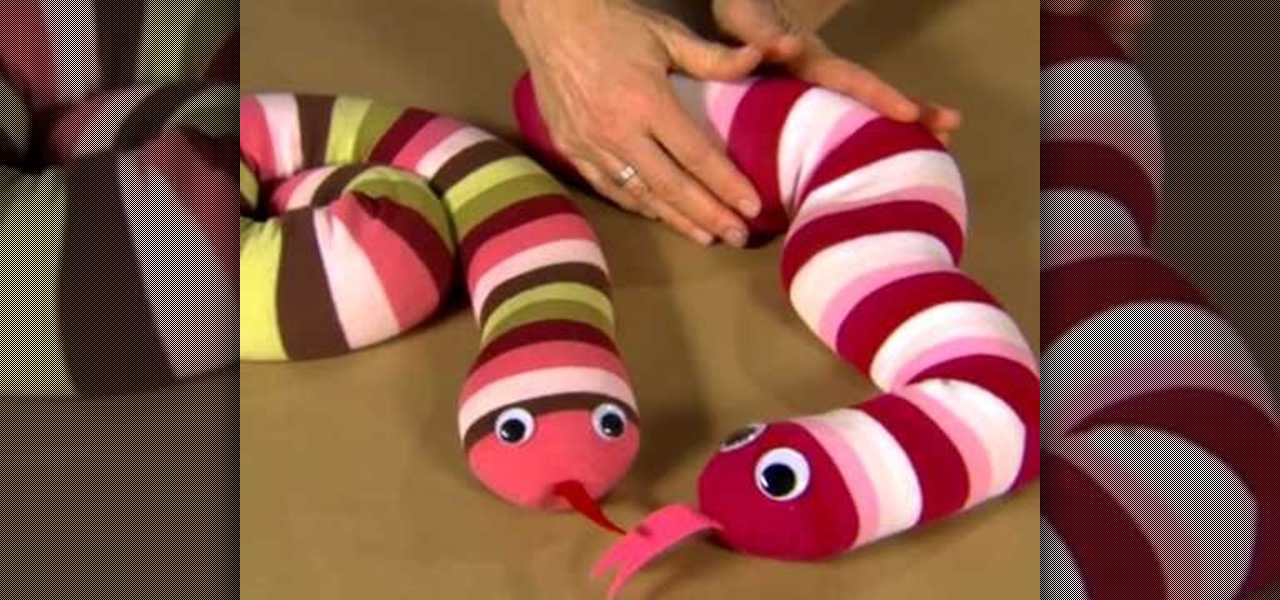
In this video tutorial, viewers learn how to use googly eyes to liven up household items. This video provides 3 crafts that viewers can make with the googly eyes. The first craft is a homemade snake with googly eyes. The snake is made from a draft blocker that is stuffed with rive. The second craft is to apply two googly eyes on your footwear. The third craft is glue the googly eye around the frame of a pair of glasses. This video will benefit those viewers who enjoy making arts and crafts, a...
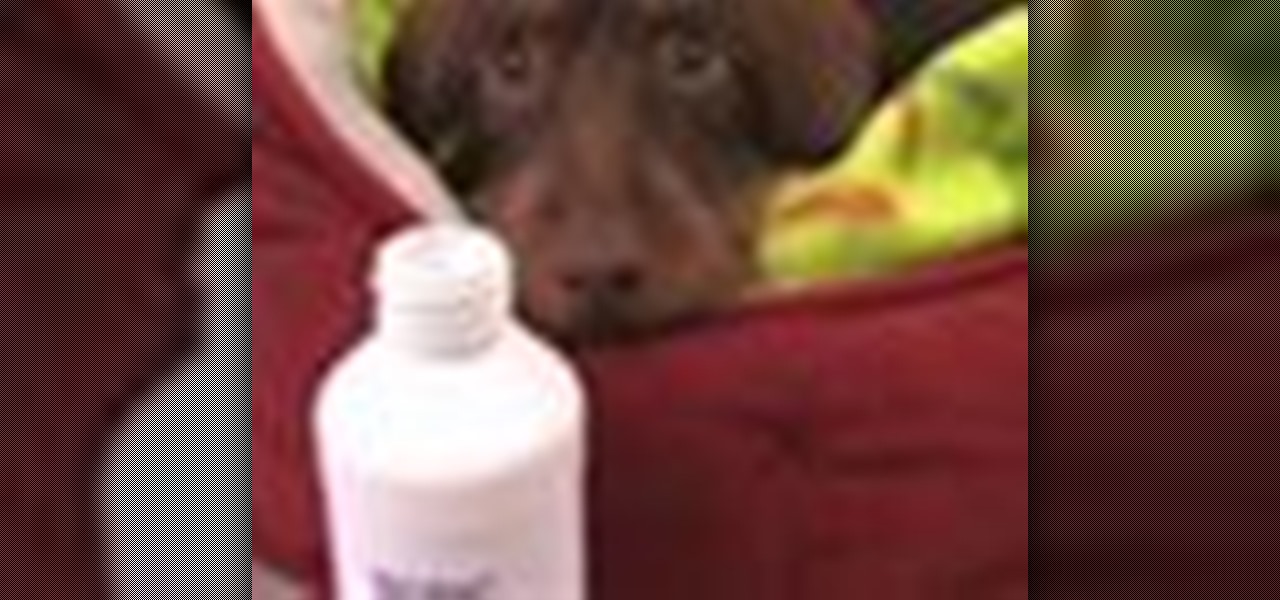
People used to bring poison into their homes willy-nilly, but now that we realize how bad most household pest-killers and other chemicals are natural ways are becoming more popular. This video will show you how to kill bugs in your home without resorting to poison that could hurt your children or pets.

In this tutorial, we learn how to whiten teeth in one minute using household items. You will need: a lemon, baking powder, and a cup to do this. First, pour baking powder into a cup and then squeeze the juice of a lemon into the cup. After this, mix the two together until you have a paste and all water. Now, rinse your mouth out with this mixture. Do this several times a week and you can get your teeth to become eight shades whiter! This is a great way to whiten your teeth without having to s...

Life stinks. Literally. Daily living leads to lots of lingering smells. Household odors from cooking, kids, pets, bathrooms, and guests can accumulate. Get rid of them with some simple remedies.

If you are into lockpicking but don't have a ton of supplies, check out this video to learn how to lockpick with merely a bobby pin and a pen. With a bit of pressure you should be able to get all of the pins up and open the lock. If you don't get it as fast as the person in the video, keep at it. It may take longer depending on the lock!

Taylor and Lily demonstrate making fizzy bath bombs. Ingredients needed are one cup of citric acid, one half cup of corn starch, one cup of baking soda, and one quarter cup of a light vegetable oil. Food coloring and flavored extracts or essential oils can be use to scent them. First mix up all of the dry ingredients in a non reactive bowl. Then add the vegetable oil. Mix with a nonreactive spoon, whisk, or gloved hands. If food coloring is being used, add four drops. If using an extract or e...

Detect metal with a metal detector! In this video tutorial, you will see how to create a metal detector out of just two household items, for under twenty dollars. So, if you're on a treasure hunt, and have no money yet, then make your own metal detector.

Learn how to make a light bulb light up with common household items. This is how you make a light bulb light with:

Want to build a fire extinguisher using things you can find around the house? Science shows you how to properly apply technology to kitchen safety! Your main supplies for this project are a mayonnaise jar, some vinegar and baking soda.

Need to vacuum, but hate the smell your vacuum makes? Soak a cotton ball in your favorite essential oil and place in the vacuum bag. The next time you vacuum, the air in your living space will be filled with a much more pleasant smell.

Pretty much all of your cleaning supplies can be found in your kitchen or medicine cabinet for dirt cheap. White vinegar can be used to clean shower head deposits and your dishwasher on an empty cycle. Ammonia can be used to clean the gunk off your stove burner grates. And citrus fruits can be used to clean bathtub rings and dull sink faucets.

Need to keep your favorite feline entertained at home? Using common household items lying around your bathroom or kitchen, you can craft together DIY cat toys that cost nothing to make and will provide endless entertainment for your favorite cat.

Though summer is almost over, that doesn't mean you should ever be lax when it comes to protecting your skin from sun overexposure. However, should you find yourself with red and burning skin after a last-minute weekend trip to the beach, listed below are 9 simple and cheap home remedies for relieving symptoms of sunburn.

Originally discovered in dry lake beds in Tibet, borax is a mineral and a salt of boric acid, and is usually sold in white powder form in drugstores. Like baking soda, borax has many household cleaning uses, and can also be used to get rid of insects and pests from your living space.

Want to attract more birds into your backyard for your viewing pleasure? With a simple household objects and bird seeds, you can easily turn your backyard or outdoor balcony into a bustling destination for your neighborhood birds.

Are you feeling flu-like symptoms that involve fever, headache, muscle pains, vomiting, and a skin rash? Take a glass cup and press the glass surface against your skin. If the rash doesn't fade under pressure like a normal skin rash, then you are suffering from meningitis and you need to seek medical attention right away.

You just ran out of shampoo, but need to give your hair a quick wash. Use baking soda! You can make an emergency shampoo paste from 1 part baking soda, 3 parts water, then work the paste into your hair, allow to sit for a few minutes, and rinse out with warm water.

It'd be a financial burden to have to buy new shoes every time a current pair gets scuffed up, but thankfully there are some easy DIY tricks for saving us that trip to the shoe store. Scuff marks can easily be remove from shoes and sneakers using common household items found in your medicine cabinet or in your desk.

Need to remove an ink stain from your carpet, clothing, wooden furniture, or new pair of jeans? Thankfully, as with most DIY stain removal techniques, you can probably concoct your own stain-removing solution from common household items in your bathroom or kitchen. Some examples include white vinegar, corn starch, toothpaste, WD-40 spray, dishwashing soap, hair spray, and even milk. Yes, milk.

Need to look like a rotting, decaying zombie corpse for Halloween? Rather than bribing your special effects makeup artist friend to treat you one for the night, you can definitely DIY a couple of good Halloween makeup effects using common household items in your pantry or medicine cabinet.

Commonly associated with cleaning and disinfecting items around the home, bleach can also be used as a water sterilization method in an emergency situation when you do not have access to clean, running water. Simply add 6 drops of bleach to a gallon of water and wait for 30 minutes before drinking.

Cayenne peppers are great for spicing up your bland cooking, but did you know that they can also prevent frostbite? If you ever need to keep your feet warm during a long snow hike or skiing adventure, add a little bit of cayenne pepper powder to the bottom of your socks.

Sooner or later you're going to have to deal with a stuck zipper, whether it's on your favorite jacket, backpack, or pair of pants. Simply tugging hard on the zipper tab hardly ever works, but a few things lying around your house might do the trick.

Tom Friedman. One of my very favorite contemporary artists. Friedman injects the wonder into the humdrum. He creates magic from the unsuspected with his incredible sculptures assembled from simple, everyday materials. His materials have included: toilet paper, drinking straws, construction paper, masking tape, toothpicks, bubblegum, spaghetti, toothpaste, soap powder, sugar cubes.

In this homemade craft projects video series, get ideas and tips on how to decorate everyday household items with stickers and stencils. Our expert artist will show you how to liven up your life using a few crafts supplies, some great ideas and a little time. Have fun!

This tutorial video will show you how to apply a fake beard using makeup and other househould products. This beard could almost pass for real, except for the fact that it's made of tea.

This video illustrates us how to make a compass with household items. This process is done by following steps,Step 1Take a needle and rub it to a magnet at least 10 times.Step 2Take a cup and pour water in it.Step 3Now attach the rubbed needle with a paper with the help of a tape.Step 4Put the needle in the cup and place a cellophane paper on the cup and tape it.step 5See the direction to which the needle is pointing and mark it north.Step 6Mark the opposite direction South.Step 7Mark the Eas...

To get rid of fleas take a pan and put some water in it. Float a tea light candle in the water and light it. Take some dish soap and pour it into the water. Mix the soap into the water. You are not trying to make a lot of bubbles but the soap in the water catches the fleas. Put the pan in the flea infested area and the fleas will be drawn by the candle light. They will leap into the pan to get to the light. The soap will hold them in the water. Another way to get rid of fleas is to take 6-8 l...

Contrary to popular belief, eliminating household pests from your home can be accomplished without completely bombing your living space with a mess of toxic fumes. Whether you have annoying fruit flies in the kitchen, fleas on your beloved pet or silverfish lurking around your bathroom, it is very likely that a DIY, non-toxic and super inexpensive solution exists for your household bug problem.

Too much partying and lounging under the mid-day sun? If your attempt at a toasty caramel tan has instead resulted in a bright red sunburn, you fortunately have many common household items at your disposal to relieve the discomfort and speed up the recovery of your burnt skin.

The only thing better than successfully pulling off a new experiment is doing it with household materials. You get to laugh in conceit as professional scientists everywhere spend all their grant money on the same project you just accomplished with some under-the-sink chemicals! However, there are times when DIY gets dangerous. Some household chemicals are not pure enough to use and some are just pure dangerous. Let's take a look at two problems I have encountered in the course of mad sciencing.

You know those tubes that siphon money in banks? It's called the pneumatic tube system, and thanks to some clever con artists, it's now a rather large flaw in the banking system.

Peekfreak is a collaborative project between industrial designer Wai Lam and photographer Yann Huey, both hailing from Malaysia. The aim of the project is create experimental cameras made from household junk (such as plastic food containers, discarded bicycle parts, and floppy disks).

This version of the chest press is ideal for those who may not have weights available. It is also great if you are simply looking to try something new. For this exercise, you will need two gallon-size water jugs. Fill the jugs with water as needed.

Itchy bee stings, sore throats, swelling muscles, minor scraps, splinters... all of these common ailments can easily be fixed with things you've probably got lying around at home in your kitchen and bathroom cabinets. Honey, ginger, castor oil, garlic, baking soda, aloe vera, white vinegar, and chamomile tea are all great natural remedies for your next minor medical need. No drugstore trips required (except for maybe some Elmer's glue).








